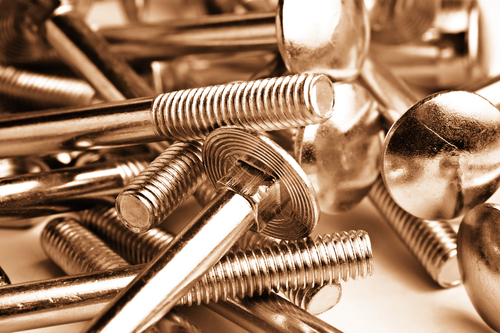You may find few copper electroplating methods online, but most of them are either hazardous, offer low quality output, or cost an arm and a leg. In this post, custom brass parts manufacturers will share the best and safest method to prepare electrolyte that you can use for copper plating.
There are multiple uses of copper plating. It can be applied for creating a steam-punk look on ill-fitting metals. Anodizing of the component after plating can result in appealing and multicolored object. Electrically, it develops highly conductive surface for soldering. It is also applied for preparing stubborn materials for other platings like silver and nickel.
Before putting all the steps of copper plating method in this post, we would like to tell you that we will be making poisonous chemical – copper acetate. We will use safe acids that will not harm or burn your skin. The process is safe. You just need to be cautious about the solution. Do not drink it and make sure you wash your hands once plating is done.
If you are having your kids on side, supervise them!
Materials needed
- Distilled white vinegar
- Hydrogen peroxide
- 100% copper scoring pad
- Cameo aluminum and SS cleaner
- *6V lantern battery
- Alligator leads
- 1 Pint, mason jar with wide mouth open
- Paper towels
- Nitrile gloves
In case copper pad is unavailable, you can use scrap copper wire or pipe.
Electrolyte creation
Copper acetate is an electrolyte that has positive copper ions that get attracted to negative cathodes used in electroplating. You must not recycle the container for food storage in future in which you are making copper acetate.
Add equal parts of distilled vinegar and hydrogen peroxide inside mason jar. The hydrogen peroxide reacts with the copper and oxidization will take place at faster rate. This will let the copper to react with the acetic acid instantly.
You can heat the mixture to speed up the chemical reaction on low flame in a glass container only.
Take one copper pad and dissolve it into vinegar and peroxide mixture and the other as an electrode. As time passes, the mixture will turn blue. If you keep the piece for longer time, it will make the solution extra blue.
Your electrolyte is ready for use. Custom brass parts manufacturers have shared this DIY to let you prepare your electrolyte for copper plating project. For further information on electroplating, you can take help of experts who are already doing it inside their lab.








